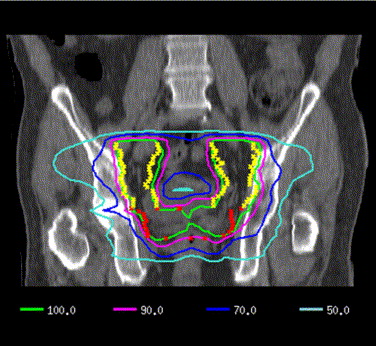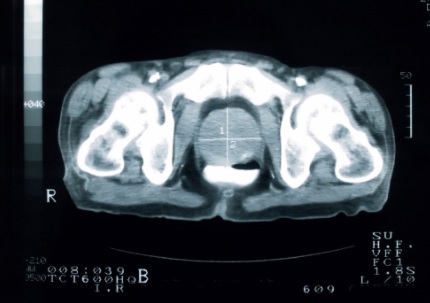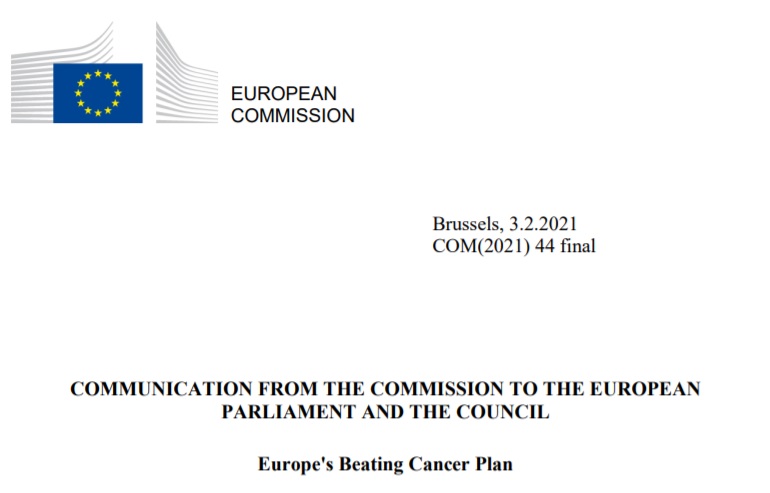|
In this issue:
|
|
|
|
|
A new way ahead for prevention in the EU?
With the Cancer Plan due, there is a formula for effective early detection
|
|
|
|
|
European Cancer Plan: the road to screening opens up
European Commission due to look at latest evidence
|
|
|
Prostate Research and Treatments
Early Detection of Prostate Cancer in 2020 and Beyond
Much of the groundwork for the renewed emphasis on early detection for prostate cancer has been laid by the team responsible for the article published in European Urology and previously the countless other presentations and papers over the past few years. Hein Van Poppel and his colleagues have conducted a tireless campaign to reorientate the medical professionals and the patient groups to the notion of PSA-based screening for prostate cancer. This week’s EU Paper “The Beating Cancer Plan” opens the door to the possibility of screening for prostate cancer. The campaign and the work of Prof. Van Poppel and others will need to continue in order to bring this about.
“The general prevailing motives for not implementing a prostate-specific antigen (PSA)-based population screening program for prostate cancer (PCa) arise from its overdiagnosis and eventual subsequent overtreatment of indolent PCa. However, this has been overthrown by the availability of increased knowledge on the natural course of different risk groups, new technologies such as multivariable risk prediction models, and magnetic resonance imaging (MRI) [1,2]. The harms of screening can now be reduced by risk adapted and personalized strategies, while maintaining the reduction in metastasis and death.”
Read the full article here
 |
|
|
Whole-Pelvis Radiotherapy for High-Risk PCa
When considering treatment with radiotherapy (RT) the patient and treating physician often have to engage in a balancing act. RT can certainly destroy cancerous tissue, but it may also damage healthy tissue which can result in subsequent quality of life issues for the patient. The radiation oncologist wants to ensure that the cancer cells receive enough radiation to kill them, but at the same time to spare as much healthy tissue as possible from the harmful radiation.
Prostate cancer cells can make their way to lymph nodes in the pelvic area and will need to be irradiated if the RT is to be successful. The issue is posed in this study as reported to the European Society for Radiation Oncology (ESTRO) at last year’s virtual meeting. The study sought to determine if more extensive radiation of the pelvic region, including the lymph nodes, would be of benefit to prostate cancer patients having RT. According to the results of this randomised controlled trial, irradiating the whole pelvis rather than just the prostate reduces the likelihood of recurrence in men with high-risk locally advanced prostate cancer (PCa). Results from the trial, called POP-RT, were reported at the 2020 European Society for Radiology and Oncology (ESTRO) Online Congress.
Read more Us TOO HotSHEET – February 2021
 |
|
|
mpMRI Often Underestimates Prostate Tumour Size
The size of prostate tumours as indicated by multiparmetric MRI are often seen to be larger after surgery than the MRI indicated.
A team led by Aydin Pooli, MD, of the Institute of Urologic Oncology at the University of California, Los Angeles, published their results in the Journal of Urology and they showed that mean radiologic tumour size was significantly smaller than pathologic tumour size.
“Our study suggests that when considering management options for [prostate cancer], greater caution must be applied for smaller tumours on mpMRI and lower PI-RADSv2 scores given more significant size underestimation for such tumours,” Dr Pooli’s team stated. They highlighted the need for additional tools to determine tumour treatment margins when considering focal ablation therapies. Read more by clicking on the link:
Report: Multiparametric MRI Frequently Underestimates Prostate Tumor Size – Renal and Urology News
Source article: Pooli A, Johnson DC, Shirk J, et al. Predicting pathological tumor size in prostate cancer based on multiparametric prostate magnetic resonance imaging and preoperative findings. J Urol. 2021:205:444-451. doi:10.1097/JU.0000000000001389
 |
|
|
Europa Uomo News
Europa Uomo Welcomes The Beating Cancer Plan
- The Beating Cancer Plan published by the European Commission has been welcomed by Europa Uomo.
- A joint statement has been issued with other organisations representing patients and urologists who have welcomed the strong emphasis on early detection.
- The Commission will update the European Council’s recommendation on cancer screening – including the possible addition of new cancers such as prostate – by 2022.
- The Beating Cancer Plan includes wide-ranging measures to prevent cancer and improve health literacy on cancer risk.
- The Plan’s commitment that its recommendations on screening will reflect the latest evidence is seen as very relevant to prostate cancer,
- The Plan states that the Commission will consider “the possible extension of targeted cancer screening beyond breast, colorectal and cervical cancer… to include additional cancers, such as prostate, lung and gastric cancer”.
- The joint statement comments: “If Europe’s Beating Cancer Plan can harmonise an approach across the EU with regards to early detection of prostate cancer, we believe this will not only decrease mortality from prostate cancer but also support EU member states to sort out the current mess of opportunistic testing for prostate cancer, which has proven to be ineffective,”
- André Deschamps, the Europa Uomo Chair, said: “Reading the latest data on quality of life, there is no excuse left for politicians not to support early detection of prostate cancer.”
The Statement issued by Europa Uomo jointly with the European Association of Urology, the European Cancer Patient Coalition and the European Randomised Study of Screening for Prostate Cancer. See full statement at the top of this newsletter.
 |
|
|
Board meeting
The Board met on 26 January and discussed arrangements for an Extraordinary General Assembly (virtually) to consider an amendment to Statute 10.2. The Chairman circulated a consultative memorandum at the end of last year about the matter and there was unanimous support for the suggested action to be taken to amend the statute at this time. The Board has taken legal advice on the steps to be taken in accordance with Belgian law. The precise terms of the amendment and a consequent proposal from the Board will be issued to all members shortly. The proposed date of this Extraordinary General Assembly is 26 March 2021 at 16:00 hrs CET. Documentation for this Virtual GA will issue later this month in accordance with our Statutes.
|
|
|
Member News
Below you can find links to the local newsletters of our member groups in their local language:
|
|
|
Items of Interest
Europa Donna Announces New Executive Director
Europa Donna – The European Breast Cancer Coalition announced today that Susan Knox, the organisation’s long time CEO and Executive Director, has decided to retire effective February 2021. Marzia Zambon will serve as Executive Director of Europa Donna upon Ms. Knox’s retirement.
More information here.
|
|
|
EMA Video on Patient and Healthcare Professional Involvement
The European Medicines Agency has published a short video to show a timeline of EMA’s interactions with patients and healthcare professionals over the past 25 years. The involvement of these key stakeholder groups in EMA activities has evolved with advances in legislation and increased awareness that the voices of patients and healthcare professionals, who are ultimately the groups most affected by regulatory outcomes, contribute significant added value to the Agency’s decision-making.
|
|
|
"Dog Health = Human Health?!"
We love our new dog, and we are so grateful he came into our lives recently that we actually named him “Grazie” (Italian for “Thank you,” or “gratitude”). I am not kidding. Apart from the teething (aka “odontiasis” in nerdy medical vernacular) or the chewing of my running shoes, or selectively biting my big toe when I get out of bed… well, he is adorable. However, I now look at this dog differently thanks to this column and clinical research. Now when I stare at him, I decided that there is a decent chance that his future is my future, or my future is his future to some degree. Studies conducted over many years suggested that as the owner goes, so does the dog, or vice versa in many cases. What does that mean? Well, it appears, in terms of lifestyle choices, if a dog has an increased risk of a medical condition or is diagnosed with something related to lifestyle, then the owner has an increased risk of that same condition, and vice versa.
Read more on this from the US TOO HotSheet – February 2021
 |
|
|
|
|
|
FREE SUBSCRIPTION TO EUROPA UOMO MONTHLY UPDATE
All previous issues are available on website: www.europa-uomo.org/newsletters/
|
|












